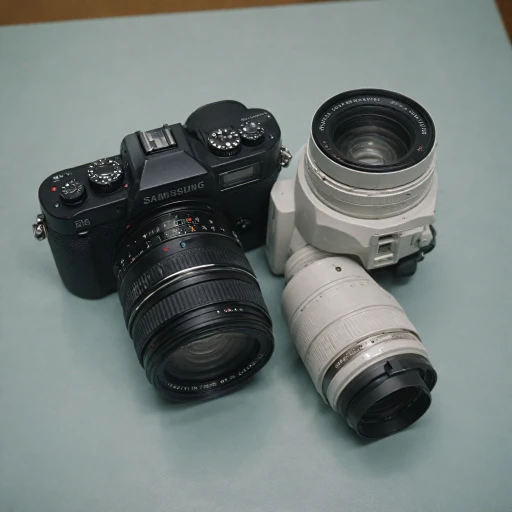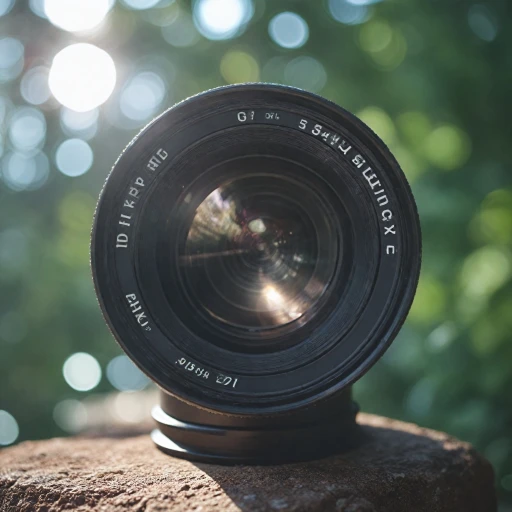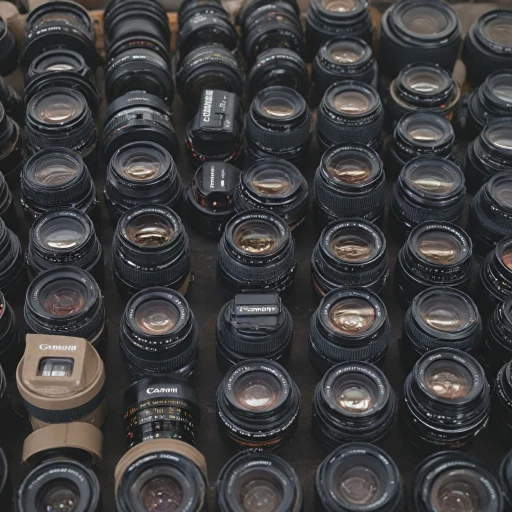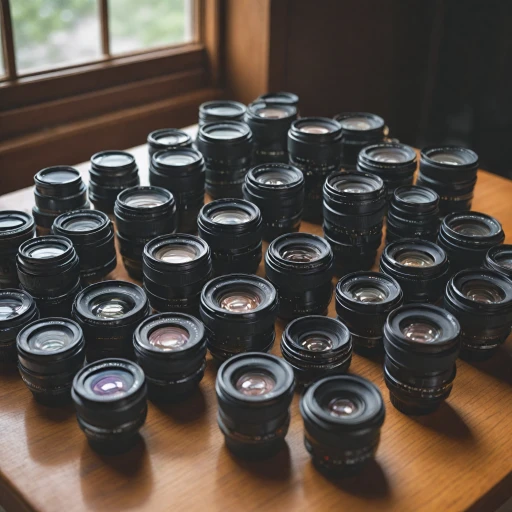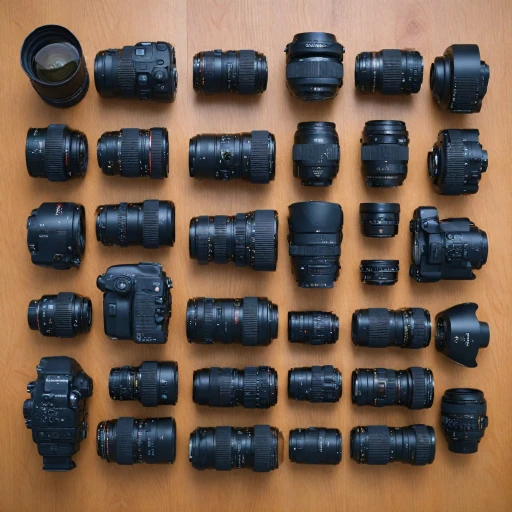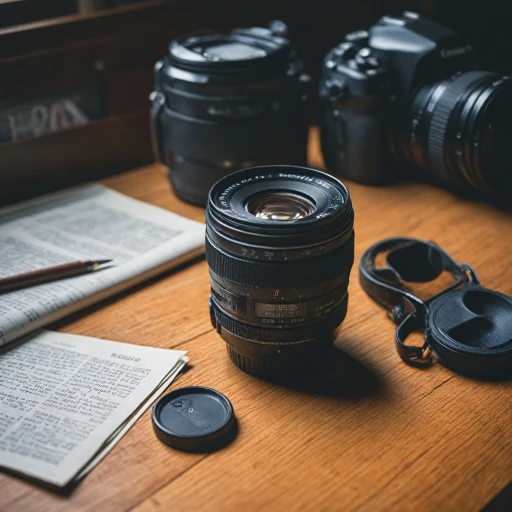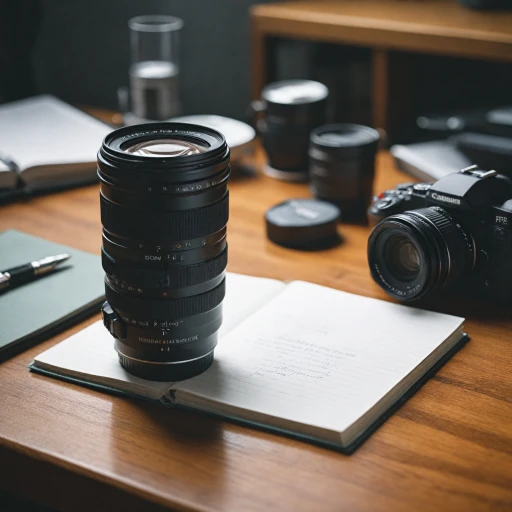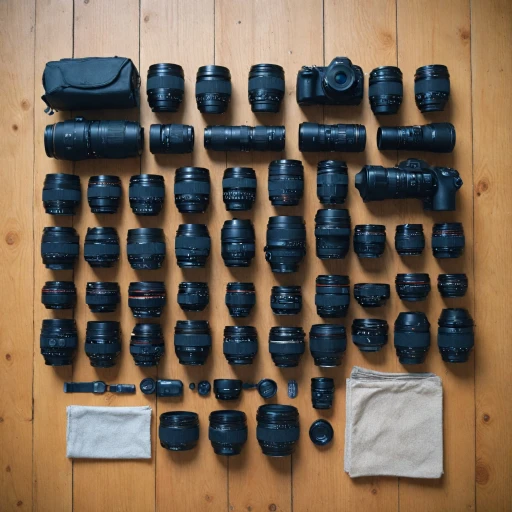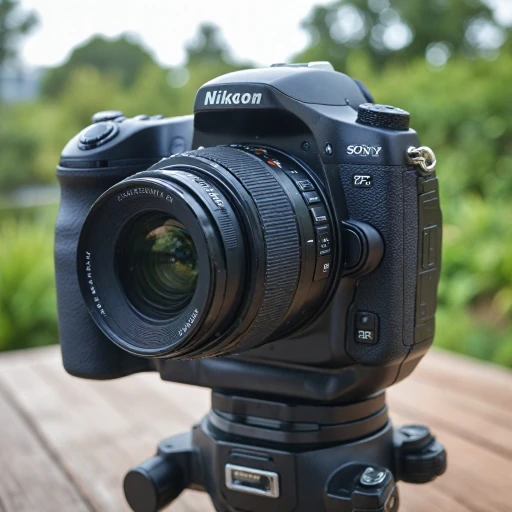Understanding Focal Lengths: 21mm vs 29mm
Exploring the Differences in Focal Length
When diving into the world of photography, understanding focal lengths is crucial, especially when comparing lenses like the Zeiss 21mm f/2.8 and 29mm f/2.8. These focal lengths offer distinct perspectives, impacting how you capture images and the overall composition of your shots. The 21mm lens, often classified as a wide-angle lens, provides a broader view, making it ideal for landscape photography, architecture, and any scenario where you want to capture more of the scene in a single frame. On the other hand, the 29mm lens, while still wide, offers a slightly narrower field of view, which can be beneficial for street photography or portraits where you want to maintain a sense of intimacy with your subject.
The choice between these two focal lengths often boils down to personal preference and the specific needs of your photography projects. For instance, if you’re shooting in tight spaces or aiming to capture expansive vistas, the 21mm might be your go-to. However, if you prefer a lens that offers a bit more focus on the subject while still maintaining some context, the 29mm could be more suitable.
Both lenses are part of the esteemed Zeiss lineup, known for their exceptional image quality and build. The Zeiss Distagon and Milvus lenses, including the Carl Zeiss and Zeiss Milvus models, are renowned for their sharpness and clarity, even when shot wide open. Whether you're using a Nikon Zeiss or Canon setup, these lenses deliver top-notch performance, ensuring your images are crisp and vibrant.
For those considering the compatibility of these lenses with different camera systems, especially when using Nikon lenses on Sony Alpha cameras, understanding the nuances of each focal length can significantly enhance your photography experience. For more insights on compatibility, you can explore using Nikon lenses on Sony Alpha cameras to ensure you make the most informed decision.
Aperture and Depth of Field
Aperture and How It Affects Depth of Field
Understanding how aperture works plays an essential role in your photography experience, especially when using Zeiss lenses. The Zeiss 21mm f/2.8 and the 29mm f/2.8 both offer reasonable maximum apertures that are great for various photography scenarios. A wider aperture, such as f/2.8, allows more light to enter the lens, which is beneficial in low-light conditions. Depth of field is another critical aspect affected by aperture. A wider aperture results in a shallower depth of field, making it easier to create a bokeh effect, where your subject remains sharp, and the background is aesthetically blurred. This is particularly useful for portrait photography. While both lenses have a maximum aperture of f/2.8, the differences in their focal lengths influence the depth of field. The 21mm lens offers a broader perspective, which results in a greater sense of depth in wide-angle shots. In contrast, the 29mm lens can provide tighter composition with slightly more background blur. The construction of Zeiss lenses ensures excellent control over aperture adjustments through a smooth focus ring, allowing for precise focus even when your lens is wide open. Nikon and Canon cameras, in particular, benefit from the manual focus feature of these lenses, adding to their versatility. For photographers using manual settings, mastering aperture is vital for achieving desired results. Observing the changes in depth of field with each lens usage will enhance the overall quality of your images. To better understand how manual focus and aperture settings can optimize your results, you may want to review the Canon manual FL lens user guide.Image Quality and Sharpness
Evaluating Image Clarity and Sharpness
When it comes to lens selection for high-quality photography, the importance of image sharpness cannot be overstated. The Zeiss 21mm f/2.8 and 29mm f/2.8 lenses are both part of the prestigious Zeiss lineup, recognized for their exceptional clarity and sharpness in every shot. The Zeiss Distagon optical design, widely celebrated among photography enthusiasts, plays a significant role in enhancing image quality. Zeiss lenses, such as the 21mm and 29mm, feature intricate engineering that results in incredible sharpness even when shooting wide open. This characteristic is invaluable when capturing expansive vistas or intricate architectural details. In practical terms, the difference in focal length between the two lenses can influence the degree of sharpness observed in various photography scenarios. With a shorter focal length, the 21mm lens might excel in delivering finely detailed images, especially in wide-angle landscape photography. The 29mm lens, however, offers a slightly different perspective that might be preferred in settings demanding a bit more narrow focus. Both lenses maintain high image quality across their respective focal lengths, but subtle variations in the level of sharpness at different apertures should be considered depending on your photography needs. Additionally, the well-constructed focus ring on these lenses provides precise manual focus adjustments, further enhancing the ability to achieve top-notch image sharpness when it truly matters. For those deeply invested in achieving great image quality for their projects, exploring how these lenses perform in various conditions and settings can be highly rewarding. For further insights on integrating lighting equipment to enhance your setup, click expand on this comprehensive guide on enhancing your DJ setup with the right lighting equipment. The synergy between lighting and lens capabilities can elevate your photography endeavors to new heights, ensuring each image captures the essence of the scene with unparalleled quality.Build and Design: Durability and Ergonomics
Craftsmanship in Lens Construction
The build quality of a lens is often as crucial as its optical performance. When it comes to the Zeiss 21mm f/2.8 and 29mm f/2.8 lenses, their construction showcases the brand's commitment to excellence. Known for their robust design and durability, these lenses are a testament to Zeiss's engineering prowess.
The Carl Zeiss Distagon lenses are particularly noted for their metal barrels, which provide a sense of ruggedness and reliability. This is of utmost importance when you're in demanding photography locations and need a lens that can withstand adverse conditions. The attention to detail in the wide angle focal length lenses ensures that they remain in top condition for years.
Another standout feature is the ergonomically designed focus ring. Zeiss has ensured that the manual focus mechanism offers smooth operation, allowing photographers to make precise adjustments. This is something that seasoned photographers really appreciate, especially in great lens comparisons like the Nikon Zeiss lineup.
Moreover, the Zeiss Milvus lenses feature weather-sealing, a particularly desirable attribute for those shooting in unpredictable conditions. This enhances the lens's capabilities, making it a more versatile option for both Canon and Nikon users.
As you consider your investment, remember that a good build quality directly impacts the images you capture. In the world of photography, having a lens that you can rely on is invaluable, ensuring that your creative vision is never compromised by technical limitations.
Compatibility and Versatility
Compatibility with Various Camera Bodies
When selecting a lens, ensuring its compatibility with your camera body is crucial. Both the Zeiss 21mm f/2.8 and 29mm f/2.8 lenses are designed with versatility in mind, making them a great choice for a range of photography styles. The Zeiss lenses are known for their exceptional build quality and are compatible with multiple camera systems, including popular brands like Nikon and Canon.
The Zeiss Distagon series, including the Milvus lenses, maintains a remarkable balance between manual focus precision and ease of use. While these lenses don't offer autofocus, the focus ring provides smooth operation, enabling photographers to achieve precise focusing, even with wide-angle shots.
Adaptability Across Photography Styles
These lenses shine in versatility, fitting well into various photography scenarios. For photographers interested in shooting landscapes, the wide-angle capabilities are especially beneficial, capturing expansive views with clarity. On the other hand, for those joining architectural photography, the distortion control of these lenses allows for capturing great images with minimal aberrations.
Whether you prefer shooting images wide open to maximize the aperture's effect or shooting in controlled studio environments, these Zeiss lenses deliver consistently top-quality images. Their adaptability ensures that photographers can use them across different locations and lighting conditions without compromising on image quality.
Finding the Right Balance Between Features and Budget
Given their robust build and precision design, Zeiss lenses are not just about image quality; they offer lasting value for your investment. Each lens is crafted to provide durability and sustained performance, which is essential if you shift frequently between various shooting environments or require a reliable lens for traveling photography assignments.
As you consider which lens best fits your needs, evaluating compatibility alongside other factors like price and usability—such as in section 6—will help guide your decision. Opting for one of these Zeiss lenses assures you are investing in a trusted companion for your photographic journeys.

